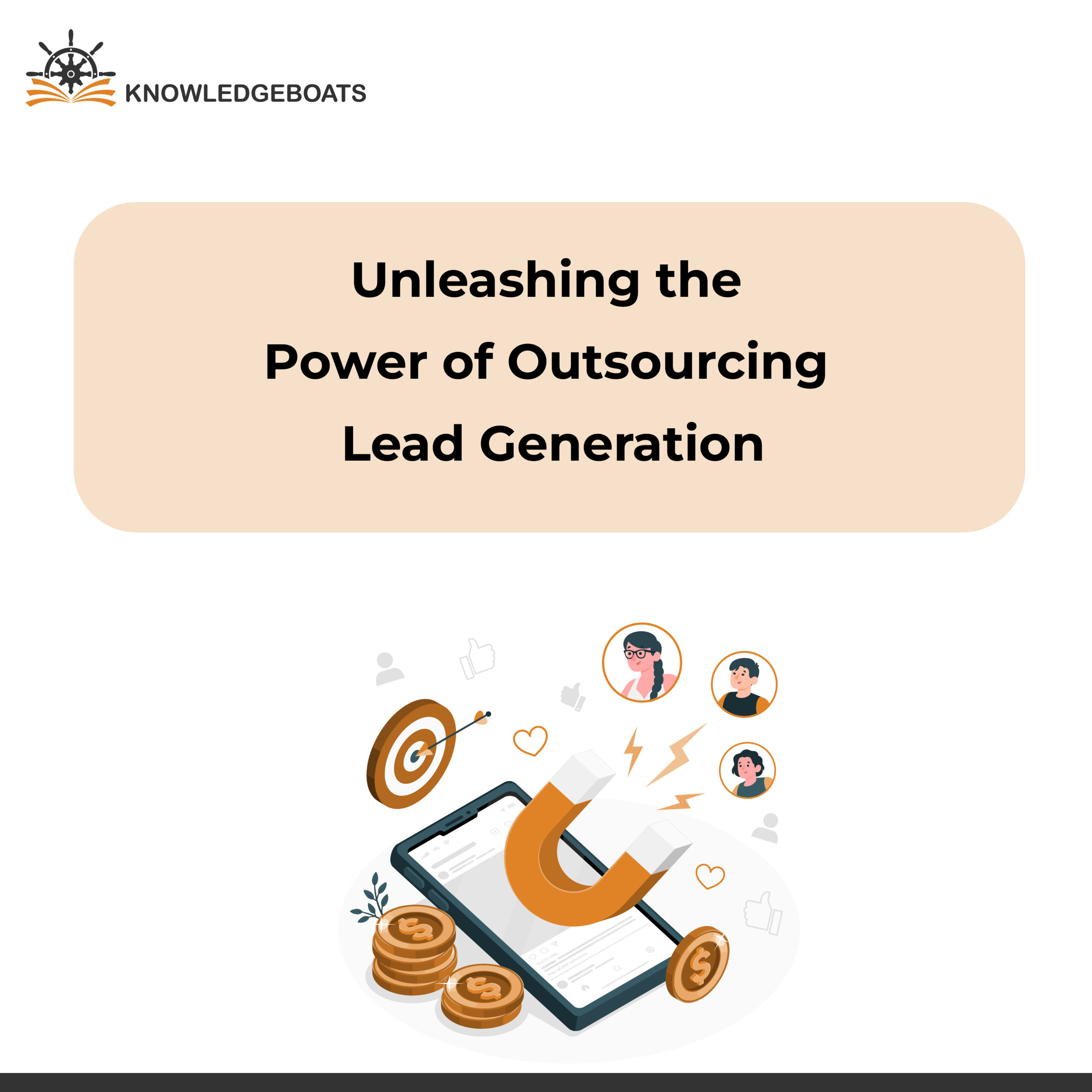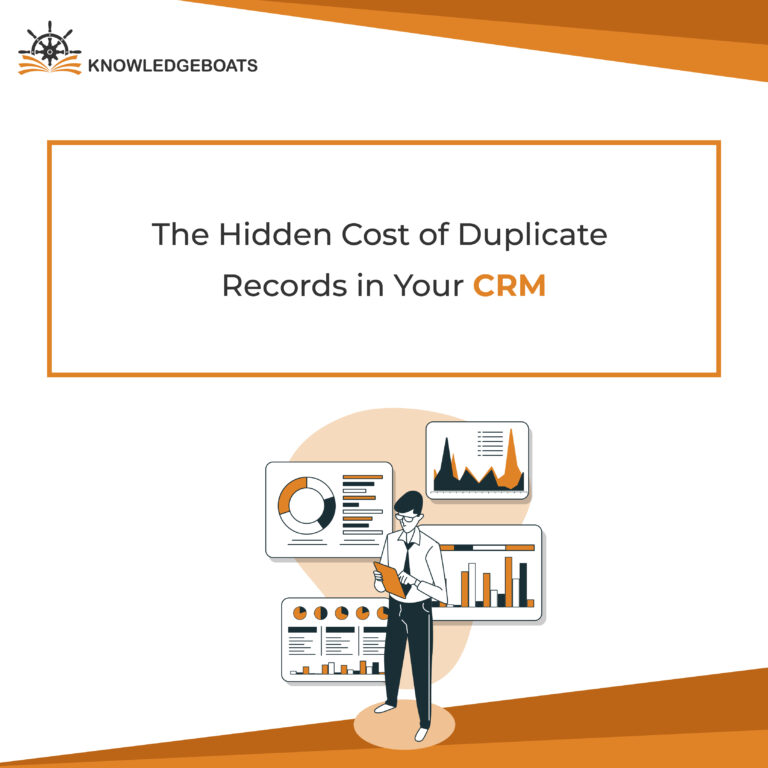
In modern businesses, where competition is fierce and consumer behavior is highly dynamic, mastering the art of lead generation stands as a paramount strategy for sustained growth and success.
The power of outsourcing lead generation has emerged as a transformative force, offering businesses an unparalleled avenue to tap into vast markets, fuel revenue streams, and achieve overarching business objectives.
Understanding that lead generation is not merely a conventional practice but a strategic imperative, businesses are compelled to explore innovative outsourcing solutions. And to ease your task, in this blog, we will guide you through the pivotal role of outsourcing in unleashing the full potential of lead generation, emphasizing its significance in propelling businesses toward their revenue and growth aspirations.
So, let’s start!
What Is Lead Generation?
Lead generation is a foundational marketing process designed to identify and cultivate potential customers, known as leads, with the ultimate goal of converting them into paying clients. It involves a strategic approach to capturing and nurturing interest in a product or service, thereby creating a pool of prospects who exhibit genuine potential for making a purchase.
Through various marketing techniques, businesses seek to attract individuals or organizations that express interest in their offerings. This interest is often manifested through actions such as submitting contact information, engaging with content, or participating in events. Successful lead generation strategies leverage multiple channels, including digital marketing, content creation, social media, and targeted advertising, to reach and resonate with the target audience.
As businesses strive to build meaningful connections with potential customers, lead generation becomes an essential component of the sales funnel, guiding prospects from initial awareness to eventual conversion. In essence, outsourcing lead generation is the proactive and systematic process of identifying, nurturing, and qualifying potential customers, laying the groundwork for sustained business growth and success.
The Right Strategies for Outsourcing Lead Generation
The effectiveness of outsourcing lies not only in delegating tasks but in adopting the right strategies to maximize its potential. This in-depth exploration guides you through key strategies for outsourcing lead generation –
1. Customized Outreach Campaigns
Outsourcing lead generation is most impactful when it aligns with the unique characteristics of a business and its target audience. One-size-fits-all approaches are replaced by customized outreach campaigns tailored to resonate with specific market segments.
This strategy involves understanding the distinct needs, preferences, and pain points of potential customers. By incorporating personalization into outreach efforts, outsourced teams can craft compelling messages that not only capture attention but also establish a meaningful connection.
Whether through personalized emails, targeted content, or tailored social media engagement, customized outreach campaigns ensure that every interaction feels tailored to the individual, fostering a higher likelihood of conversion.
2. Utilize Advanced Analytics Tools
The integration of advanced analytics tools into the outsourced lead generation process provides invaluable insights and data-driven decision-making capabilities. Analyzing customer behavior, engagement patterns, and demographic information empowers outsourcing partners to refine their strategies continuously.
Through the utilization of tools such as customer relationship management (CRM) systems, predictive analytics, and data visualization platforms, businesses can gain a comprehensive understanding of their target audience.
These insights enable more informed lead profiling, allowing for the identification of high-potential prospects and the optimization of outreach strategies. By leveraging analytics, outsourced teams can adapt their approach based on real-time data, ensuring that efforts are consistently aligned with evolving market dynamics.
3. Implement Multi-Channel Engagement
The days of relying solely on one channel for lead generation are long gone. Successful outsourcing strategies embrace a multi-channel approach to engage potential customers across diverse platforms. Whether through social media, email, content marketing, or telemarketing, a multi-channel engagement strategy ensures a broader and more impactful reach.
Outsourcing partners adept at navigating various communication channels can orchestrate synchronized campaigns that maintain a cohesive brand presence while catering to the preferences of a diverse audience.
This approach not only enhances visibility but also increases the chances of capturing leads at different stages of the customer journey. An integrated multi-channel strategy, when executed effectively, provides a holistic and immersive experience for prospects, driving stronger connections and fostering lead conversion.
4. Leverage AI for Personalization
Artificial Intelligence (AI) has become a game-changer in the realm of lead generation, offering unparalleled opportunities for personalization at scale. Outsourcing partners equipped with AI capabilities can harness the technology to analyze vast datasets, predict customer behavior, and automate personalized interactions.
Machine learning algorithms can identify patterns in prospect behavior, enabling the tailoring of content and messages to align with individual preferences. Chatbots powered by AI enhance real-time engagement by providing instant responses and assistance.
By leveraging AI-driven personalization, outsourcing partners can deliver a seamless and highly relevant experience, making interactions more meaningful and increasing the likelihood of lead conversion.
5. Optimize Email Drip Sequences
Understanding the Power of Drip Campaigns
Email drip sequences, when optimized strategically, serve as a dynamic tool for building and nurturing relationships with leads throughout their journey. A well-crafted drip campaign involves sending a series of pre-set, targeted emails to prospects based on their interactions and engagement level. From initial awareness to eventual conversion, drip sequences provide businesses with the ability to deliver timely and relevant content, guiding leads through the sales funnel.
Segmentation for Personalization
Optimization begins with effective segmentation, ensuring that emails are tailored to the specific needs and interests of different audience segments. By understanding the diverse preferences of leads, businesses can craft personalized content that resonates at each stage of the buyer’s journey. Segmentation can be based on factors such as demographics, behavior, or engagement history, allowing for more precise targeting and increased engagement.
Automation and Timing
To optimize drip sequences, automation plays a pivotal role. Automated triggers, such as user actions or time-based intervals, ensure that emails are delivered with precision, maintaining a consistent and timely flow of communication. A well-timed sequence aligns with the prospect’s behavior, ensuring that the right message reaches them at the right moment. Whether it’s a welcome series for new subscribers or a re-engagement series for dormant leads, the timing of email delivery is crucial for maximizing impact.
Monitoring and Iteration
Optimization is an ongoing process that requires constant monitoring and iteration. Analyzing key performance indicators (KPIs) such as open rates, click-through rates, and conversion rates provides insights into the effectiveness of the drip sequence. Iterative improvements can then be made based on data-driven observations, ensuring that the campaign remains dynamic and adaptive to the evolving needs and behaviors of the target audience.
6. Utilize Social Media Platforms
Harnessing the Reach of Social Media
In the digital age, social media platforms have become integral channels for brand visibility, engagement, and relationship-building. To leverage these platforms effectively, businesses must understand their target audience’s preferred channels and tailor their approach accordingly. From LinkedIn for B2B engagement to Instagram for visual storytelling, each platform offers unique opportunities for connection.
Content Optimization for Each Platform
Optimizing social media engagement involves tailoring content to suit the specific characteristics and expectations of each platform. Visual content may dominate Instagram and Pinterest, while professional insights find a home on LinkedIn. By understanding the nuances of each platform, businesses can create content that resonates with their audience, maximizing visibility and interaction.
Consistent Branding and Messaging
Maintaining a consistent brand presence across social media platforms is paramount. From visuals to tone of voice, businesses should ensure a cohesive and recognizable identity. Consistency fosters brand trust and loyalty, reinforcing the overall message conveyed through email drip sequences and other marketing channels.
Engagement and Community Building
Social media optimization goes beyond broadcasting messages; it involves active engagement and community building. Responding to comments, participating in discussions, and fostering a sense of community around the brand create a dynamic and interactive online presence. Social media platforms become not just channels for promotion but avenues for genuine connection and relationship-building.
7. Deploy Account-Based Marketing (ABM)
Understanding the Essence of ABM
Account-Based Marketing (ABM) is a strategic approach that involves targeting high-value accounts with personalized campaigns, aligning marketing efforts with the specific needs and characteristics of individual accounts. ABM recognizes that not all leads are equal and focuses on building personalized relationships with key accounts that hold significant value for the business.
Identifying and Prioritizing Target Accounts
Optimizing ABM begins with identifying and prioritizing target accounts. This involves aligning marketing and sales teams to determine the criteria for ideal accounts. Factors such as revenue potential, industry, or strategic fit can guide the selection process. Once identified, these high-value accounts become the focus of tailored marketing efforts.
Customized Content and Personalization
ABM relies heavily on the creation of customized content tailored to the specific needs and pain points of the target accounts. Personalization goes beyond addressing recipients by name; it involves crafting content that speaks directly to the challenges and goals of the account. This personalized approach establishes a deeper connection and demonstrates a genuine understanding of the account’s unique requirements.
Collaboration between Marketing and Sales
Optimizing ABM necessitates seamless collaboration between marketing and sales teams. Alignment on goals, strategies, and communication is crucial to ensure a unified approach. Regular communication and feedback loops enable the iterative improvement of ABM strategies, ensuring that both teams work in tandem towards shared objectives.
Measurement and Adaptation
As with any strategic approach, ABM requires ongoing measurement and adaptation. Key performance indicators (KPIs) such as engagement rates, conversion rates, and revenue generated from target accounts provide insights into the effectiveness of the ABM strategy. Continuous iteration based on these insights ensures that the approach remains agile and responsive to changing market dynamics.
The Bottom Line
The above-mentioned integrated approach not only enhances the efficiency of lead generation processes but also aligns marketing strategies with revenue goals. The personalized touch of optimized email sequences, the expansive reach of social media, and the targeted precision of ABM collectively contribute to a comprehensive and dynamic lead generation strategy.
Businesses adopting these strategies are poised to not only meet but exceed revenue goals, as they create meaningful connections, nurture high-value relationships, and propel their growth trajectory in an ever-evolving digital landscape. The synergy of these strategies positions businesses at the forefront of successful lead generation, ensuring a robust and sustainable path toward revenue optimization.



